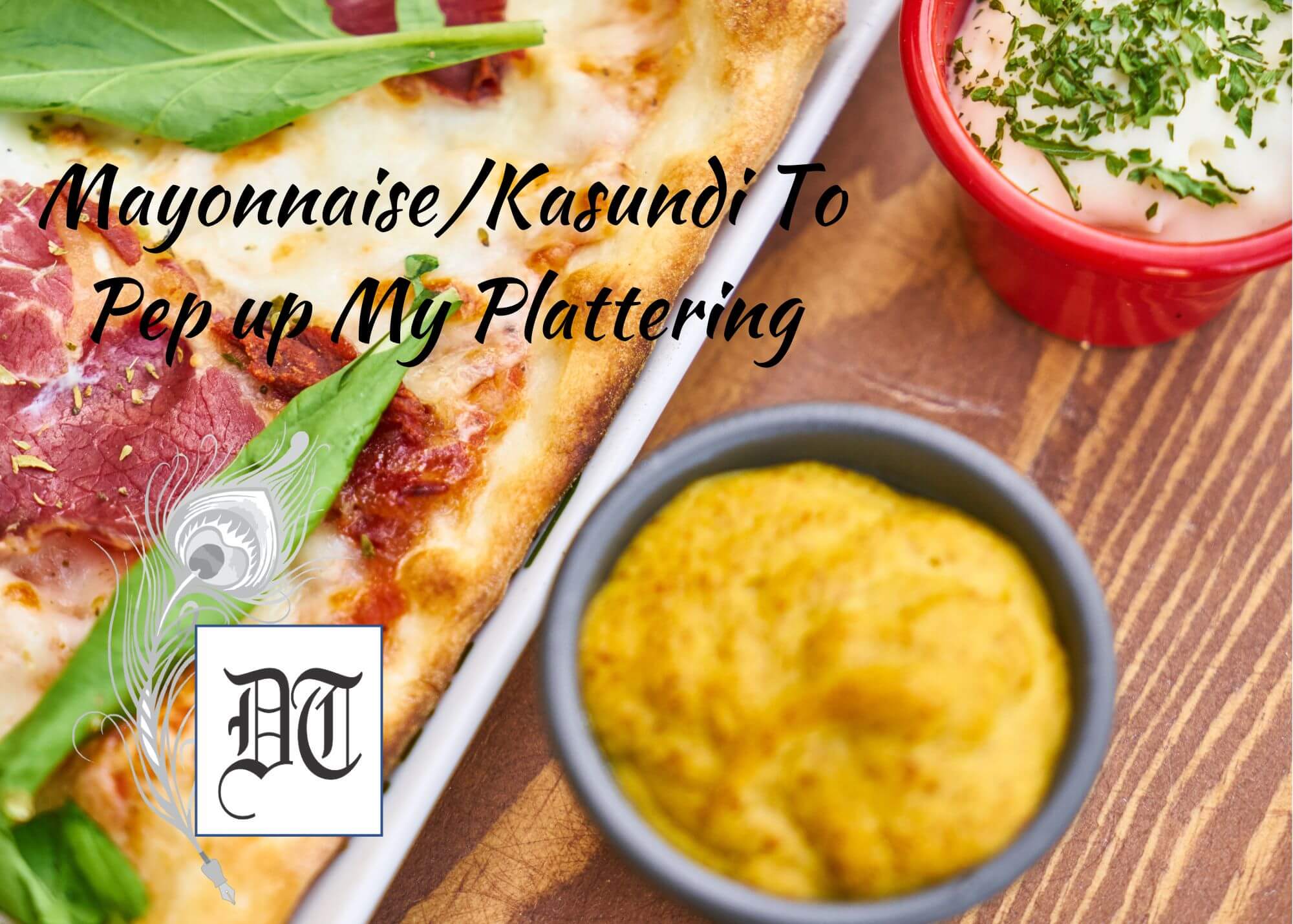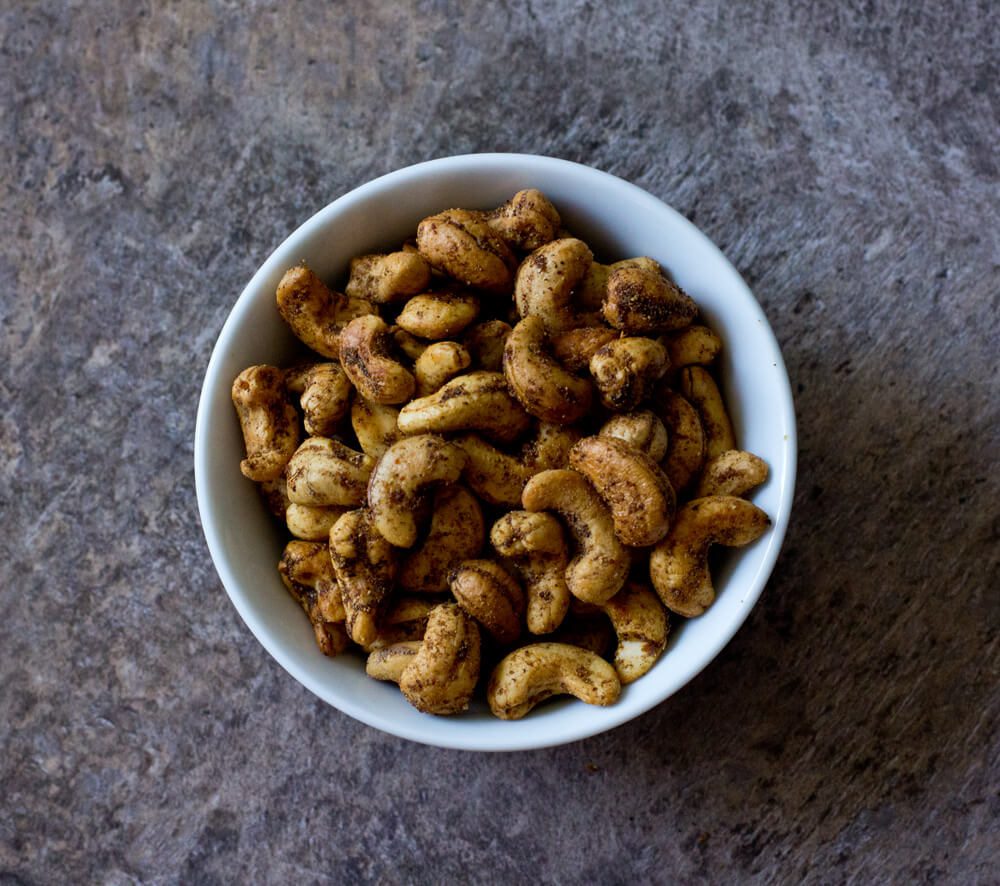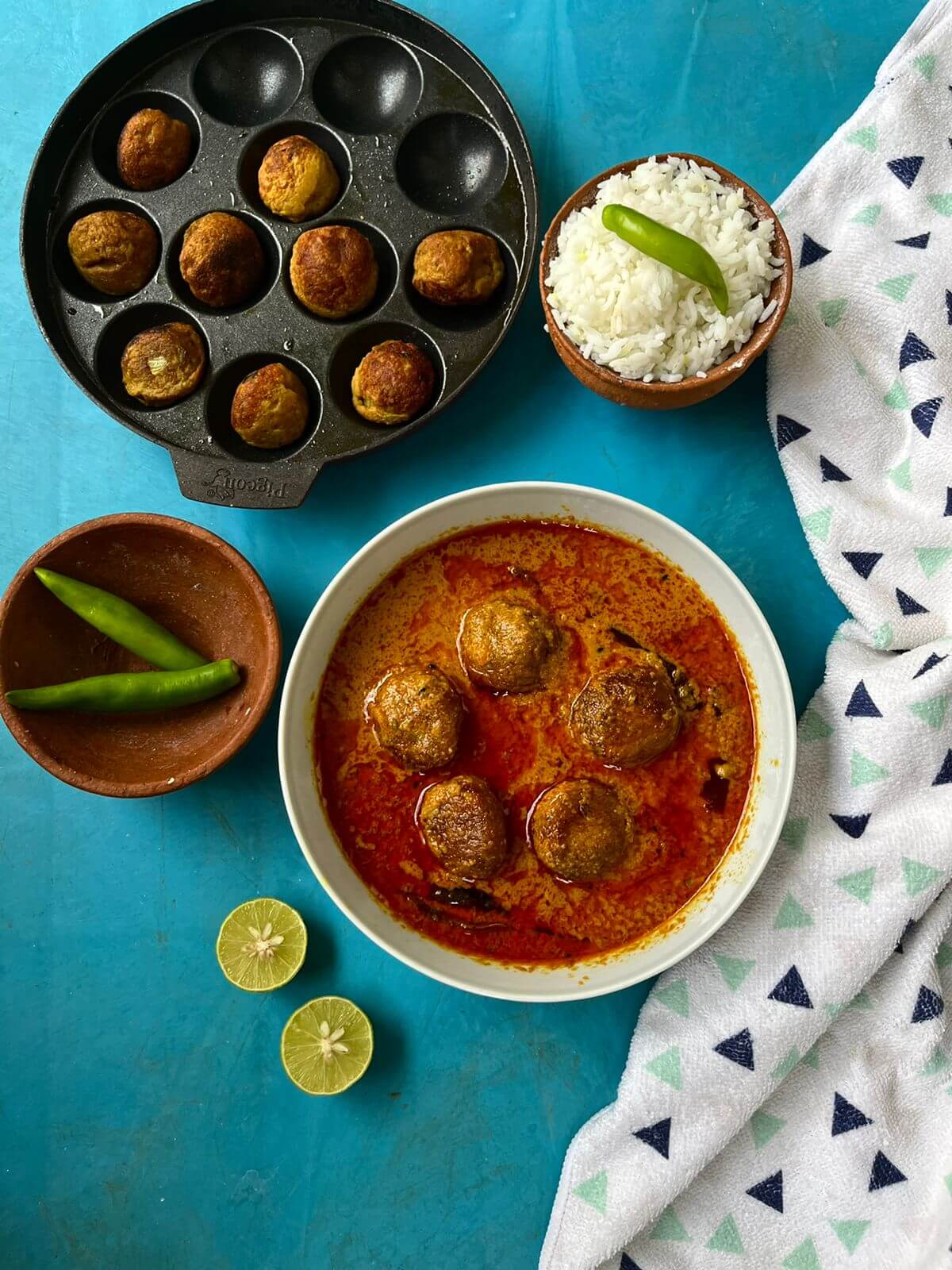Panjiri is meaningful ritualistically, as it has been consumed for thousands of years by the ancient Hindus and much later by the Sikhs. It has its origins in Ayurvedic medicine. It helps promote circulatory and lymphatic flow. It is offered as Prasad and for new mothers, as post-natal care. Popular in Punjab, in India and Pakistan, it is also a hot favourite in Jammu and Kashmir and the Hindi heartland. Lily profiles Panjiri, in the weekly column, exclusively in Different Truths.
The name Panjiri conjures up visions of furtive dives into shiny tins during summer vacations at grandma’s sprawling home. The satiated feeling that a cat must have after licking the cream is what I remember as I munched on one fulfilling mouthful after another. Touted as the most nutritious snack on a wintry day and a perfect way to kick-start one’s breakfast ritual with a tumbler of milk. Ah, the perks of being a plump little Punjabi kid!
Panjiri is the seasonal power packed staple from the Indian and Pakistani province of Punjab. Well, what is now Himachal Pradesh, Haryana, and Pakistani Punjab was once one whole vast province of Punjab. This shot of energy that is Panjiri is made from whole wheat flour, fried in clarified butter (pure ghee) with sugar. It is generously laced with dried fruit and herbal edible gums. The North Indian winter is the perfect time to eat it as it is supposed to ward off cold.
Panjiri is the most important food to give nursing mothers. Besides being nutritious it is supposed to be “hot food” that aids in the production of breast milk. Panjiri is also meaningful ritualistically, as it has been consumed for thousands of years by the ancient Hindus and much later by the Sikhs. It has its origins in Ayurvedic medicine. It helps promote circulatory and lymphatic flow. Panjiri also helps to clear the uterus and excess fluid from the mother’s body after birth. It is a potent way of dealing with post-natal depression.
Each family has its own unique recipe of Panjiri according to taste and requirements. It also varies from region to region. It is generally a mix of ingredients blended in a muesli style with spices, nuts, seeds and dried fruits. Another softer version like a halwa consistency can be moulded into balls called Pinnis or solidified and cut into energy bars. Broadly speaking there are two basic versions. One which the whole family can relish and the other which has additional medicinal herbs and gums that are for the post-natal consumption of the new mother.
I am going to enlist the centuries old traditional ingredients that have been going into the preparation of Panjiri and their beneficial effects.
Gum Arabic: Helps the uterus contract, warming, source of fiber, prebiotic.
Flame of the forest known as kamarkas: Promotes healing of muscles and stimulates the uterus.
Turmeric powder: Anti-inflammatory, clears liver and blood, anti-fungal, antibacterial.
Ginger powder: Promotes circulation warming, antiseptic, clears liver.
Ground Fennel seeds: Antispasmodic, warming, antiseptic and promotes milk flow.
Ground Carrom seeds (Ajwain): Antispasmodic, warming, antiseptic, promotes bile flow
Ground cardamom is antiseptic besides all the above
Ground cumin seeds: It is cooling and has other traits of carom.
Pumpkin and or melon seeds, lotus seeds, almonds, pistachios and cashew nuts: Protein, essential fatty acids and minerals
Dates, raisins, apricots: Fibre, laxative, mineral-rich.
Jaggery or unrefined cane sugar: Warming, helps clear mucous, mineral-rich.
Ghee or clarified butter has fat soluble vitamins.
Dried coconut: Medium chain fatty acids and fiber.
Whole wheat flour (atta) or Semolina (suji): Fibre, protein, potassium B vitamins, Vitamin E.
What we now need a stern and loving mother or mother-in-law and we have a sure shot recipe for a healthy mother and baby!
Well, this is just one-half of this story. How can one forget the tin boxes loaded with Panjiri or its rounded cousin the Pinni going to boarding school with school boys and girls? The impatient scurrying for the booty towards the lucky child who had the cache of goodies in his tuck box! Awakening slyly to tip toe soundlessly for a midnight feast of Panjiri was the norm. Nuns would smile indulgently at their wards for no true blue Punjabi child can resist the aroma of roasted wheat flour in clarified butter. It reminds one of the divine aromas of the Prasad that is offered to devotees in Gurdwaras across the country.
In the olden days, whenever a son, husband or brother left for any travels, the women of the family would pack him a box of Panjiri, since it is known to remain fresh for the longest time. Whenever a dad went to meet his married daughter in a town or village far away, he would carry a box of lovingly made Panjiri, that her mother or sister-in-law had sent as her symbol of affection. Nowadays, closer home, my son-in-law hankers for the taste of his mother’s Panjiri in far off, the USA. Many airplanes have flown across oceans with a box of mother’s love in the form of Panjiri.
Now that clarified butter is popularised as a healthy food and given the “all clear” by doctors and dietitians, more and more wafer thin girls are giving this delicious dessert a nod.
Sat Sri Akal and Rabb Rakha till next time. Excuse me, while I burp shamelessly and grin blissfully at that last spoonful of divinity!
©Lily Swarn
Photos from the internet.
#Food #HistoryAndMystryOfFood #Panjiri #UsesOfPanjiri #DifferentTruths








 By
By


homemade DryFruit PANJIRI Available. For orders please watsapp 9885950384